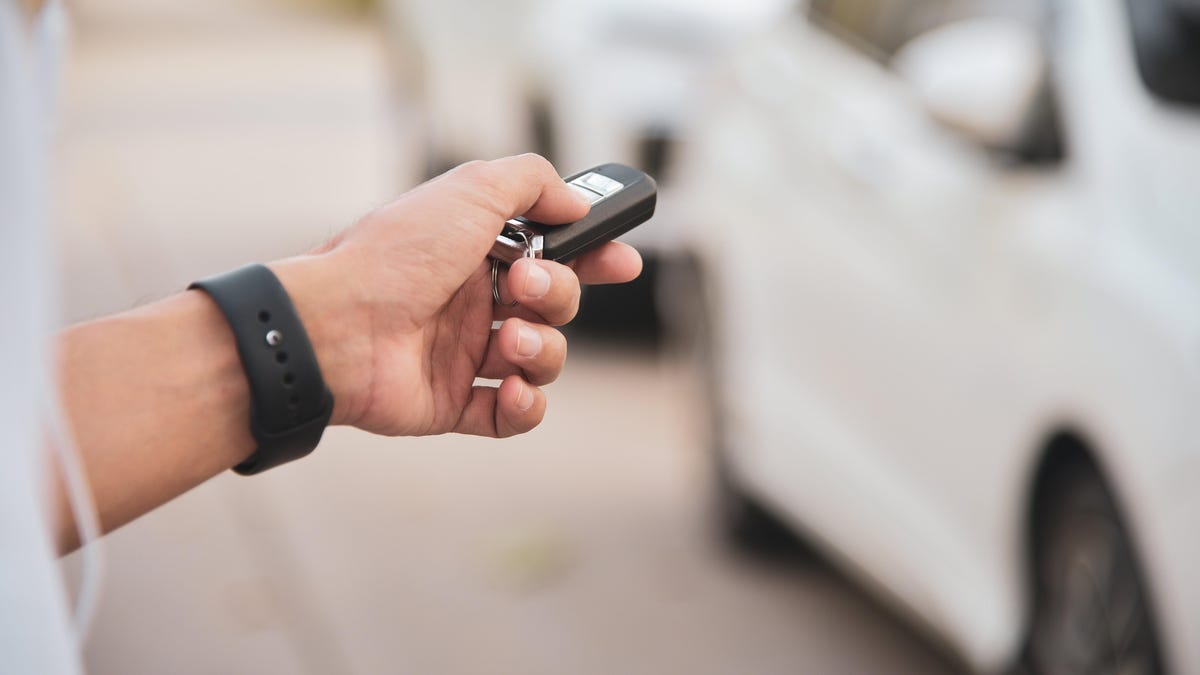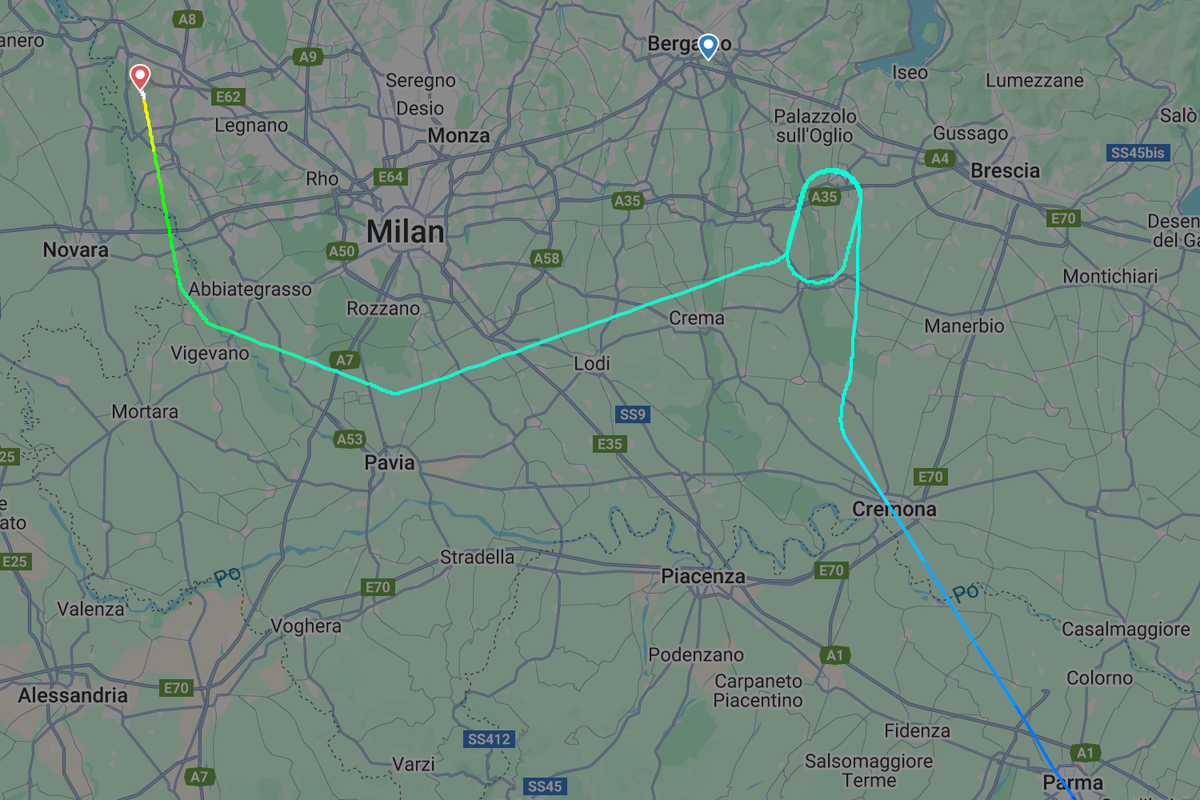The Most Confusing Car Insurance Terms Every Driver Should Learn
When it comes to navigating new insurance policies, it’s easy to get lost in all the jargon that gets thrown your way. However, you should understand all the confusing terms in order to make the best decisions to protect...

Photo: Sawat Banyenngam (Shutterstock)
When it comes to navigating new insurance policies, it’s easy to get lost in all the jargon that gets thrown your way. However, you should understand all the confusing terms in order to make the best decisions to protect your car and yourself. Whether you’re in the market for a new car or you need to navigate the insurance you already have, here are some of the top terms you need to know.
Top car insurance terms you should know
These are some of the most common car insurance terms to get a firmer grasp on, arranged in alphabetical order.
Accident forgiveness
An additional coverage to your insurance policy where your rate won’t go up as a result of your first at-fault accident. You may qualify for this additional coverage if you have five years of accident-free driving.
Actual Cash Value (ACV)
The amount it costs to replace damaged or stolen property, minus depreciation. You might also see it defined technically as “replacement cost less depreciation.” ACV doesn’t replace your property, but reimburses you for the item’s value at the time of loss.
Amendment
A change to the basic policy contract. An amendment alters the policy, not to be confused with an endorsement, which adds to it.
Anti-theft device
A device that deters auto theft. This is useful to know because these devices may entitle you to a discount on your insurance premiums.
Assigned Risk Plan (AIP)
If an insurer considers you too high-risk (aka, high-cost) to cover, you must get coverage through a state-assigned risk plan. Unfortunately, these plans cost more than regular car insurance.
Assured
Someone who has an insurance policy. Means the same as an insured or policyholder.
Binder
A temporary agreement that a policy is in effect; this is used to protect the policyholder when it is not possible to issue or endorse the policy immediately.
Collision coverage
This pays for damages to your vehicle, no matter who is at fault. It’s a wise move (or even mandatory) to get collision coverage for a new car, especially if you’re financing it. For a super old used car, however, it might not be a necessity.
Comprehensive coverage
This pays for damage to your car outside the realm of a collision with another vehicle. Think hailstorms, fire, reckless deer, or a reckless deer setting your car aflame during a hailstorm.
Don’t get tripped up on the wording here—comprehensive coverage isn’t a description of your policy, but instead refers to a specific, optional coverage on an existing policy.
Comparative negligence
This states that when an accident occurs, each party’s negligence is compared to the other’s in order to assign blame. This allows insurers pay insurance claims accordingly.
Deductible
Like with other types of insurance, this is the amount you pay out of pocket on a claim before your insurance covers the rest. The higher your deductible, the lower your monthly payments.
Declarations page
This is a summary of your coverage.
Full coverage
Don’t get your hopes up—full coverage isn’t as whole and complete as it sounds. “Full coverage” isn’t an actual type of coverage, but a general description used to describe a policy that combines liability, comprehensive, and collision coverages.
Gap insurance
This type of insurance covers the difference (gap) between what a vehicle is currently worth and the amount you actually owe on it. Key to remember here is that your car’s value begins depreciating as soon as you drive it out of the dealership. Generally speaking, your policy is only going to cover a value lower than what the car was worth when you first bought it.
If you’re leasing or making payments on a car, then gap insurance is worth considering. For anyone who fully owns their ride, gap insurance is unnecessary.
Liability insurance
Covers damages and injuries to the other party in an accident of your fault, but it does not pay for what happens to you or your vehicle. There are two kinds of liability insurance: bodily injury liability and property damage liability. This is the minimum amount of insurance you need.
Material damage
All property-related damage losses covered by the policy.
No-fault insurance
Assigning blame is the worst part of the insurance game. No-fault insurance simplifies things by stating each party’s insurance will pay injury benefits to the policy owner, no matter who was technically at fault. It does not cover property damage.
Personal Injury Protection (PIP)
If you drive in a no-fault state, this is the basic coverage required. The details vary state-by-state, but in general, PIP will cover medical expenses, lost wages, other accident-related expenses regardless of who caused the accident.
SR-22, Certificate of Financial Responsibility (CFR)
An SR-22 or CFR is a certificate mandated by the state to verify that an individual is maintaining auto insurance liability coverage. In other words, this is proof of insurance for someone who has had a suspended driver’s license for some reason. If you need one of these, you’ll be notified by your state’s Motor Vehicle Department.
Subrogation
Called payment recovery or “subro,” this is when your insurance company requests reimbursement from the at-fault party after they’ve covered your claim.
Total loss
When your vehicle cannot reasonably be repaired. RIP.
Umbrella Insurance
Simply put, this type of insurance provides extra coverage beyond existing limits of your other policies.
Underwriting
This is when an insurance provider evaluates whether or not they will approve an applicant for coverage.
Of course, the list above skims the surface of the complicated world of auto insurance. For more terms, use the search tool on GEICO’s glossary here.

 Lynk
Lynk 

































